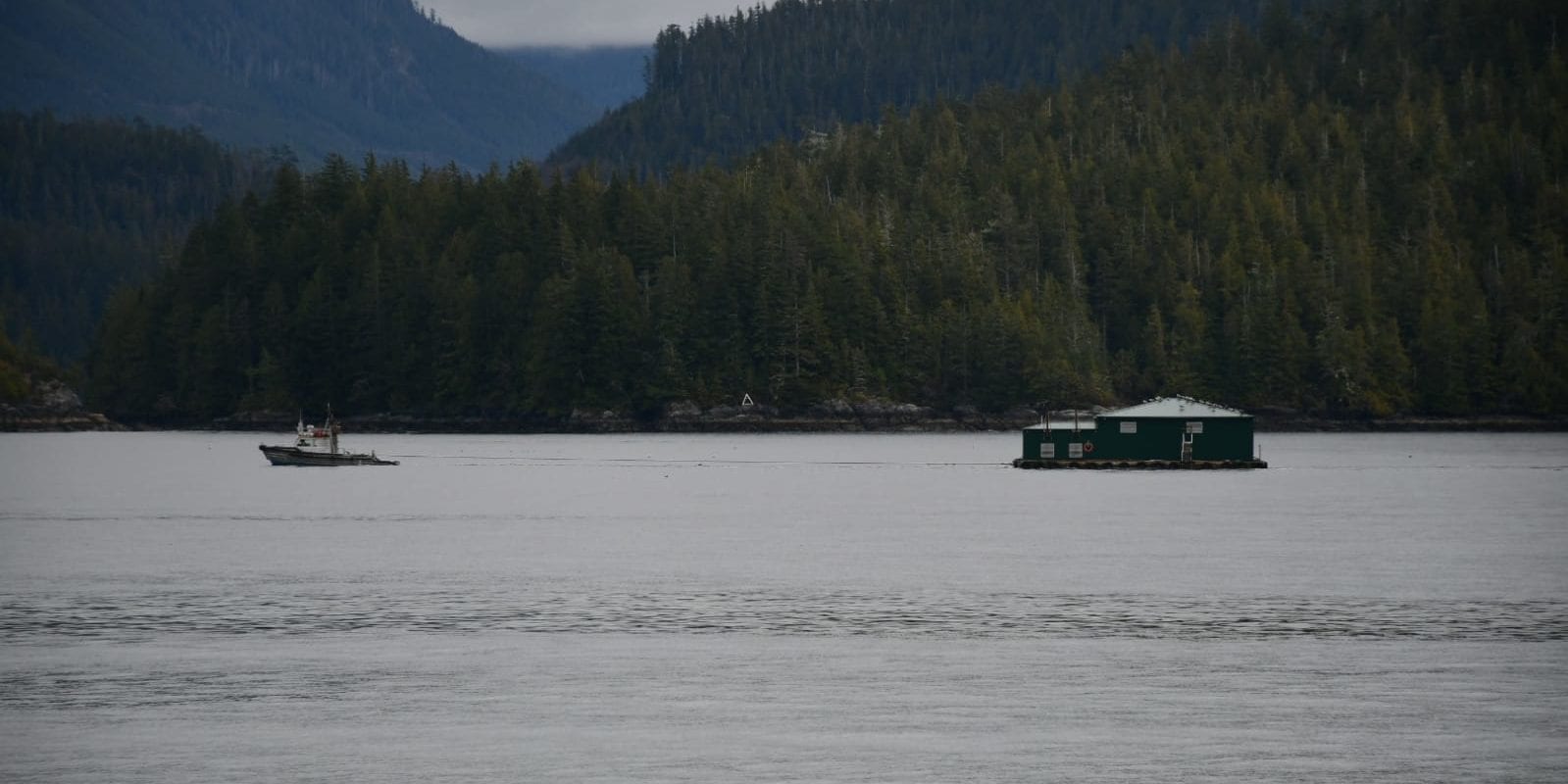igenou
Ahousat is an island accessible only by water or air, off the coast of Vancouver Island. It’s an island with a predominantly Indigenous Nuu-chah-nulth Nation population of 2,100.
After six hours of driving, a highway closure, and a water ferry, I arrived at the school. I gave my usual presentation. To conclude, I asked students and educators what sustainability meant to them. They answered: “Whales and fish.”
Having never heard such an answer, I asked them to elaborate. They told me that most jobs on the island come from fishing or the public sector. The island has one elementary school, one secondary school, one small hospital, and one fisheries agency. There is not a single store on the island, so everyone shops for groceries in the nearby town of Tofino. They take several empty tubs, fill them with groceries, and come back on water taxis. Garbage is taken to Tofino for disposal. For most, the sales of recyclables barely cover the cost of the water taxi fare.
The unique history of the Indigenous peoples looms largely on the island. As I got on the water taxi to return to the mainland, I sat next to an elderly man who introduced himself: “My name is Ty-sem, some call me Tiger, and my slave name is Darren.” I was surprised, and I asked him what he meant by ‘slave name’. He replied by saying that it was a name given to him from a residential school. I later found out that there’s a deep history of enslavement of Indigenous peoples in Canada. In fact, ⅔ of the slaves of New France, which held the most slaves and for the longest duration in Canada, were Indigenous. Ty-sem shared his life with me: “I’ve lived here in Ahousat all my life. I do construction here. Getting materials here is difficult, and it gets worse every year. The water gets more violent. The winds are weird. It’s difficult to get in and out of the island. The worst part is when the storm comes. Emergency evacuation isn’t safe anymore. Some people don’t make it.”
Visiting Ahousat, I visibly saw the impacts of climate change. I saw maps for tsunami and hurricane evacuations around the island. I saw incredibly long and steep docks to the boats with coastal erosion forcing the islanders to continue extending the dock into the island. I heard teachers warning students against touching the sea foam in the sand with a warmer ocean resulting in melting poisonous jellyfish in the sand.
In my presentation, I talk about climate justice: “Climate justice means those who’ve done the least to cause climate change in the first place, are the ones most affected by it. That also means those who’ve done the most to cause it in the first place are the ones least affected by it.” On Ahousat, I felt this deeply. I felt the systematic injustice of climate change, the abuse of Indigenous people, and the neglect of rural communities.
Beyond the systematic injustice, however, I found a spirit of optimism on this island. The love of teachers caring for students, the hope of a community celebrating in an annual harvest festival, the resilience of islanders steadfastly collecting recyclables. The world can learn from this spirit, one that keep the island of Ahousat beautiful.
Sincerely,
Steve

